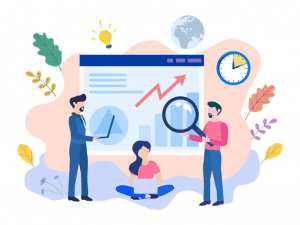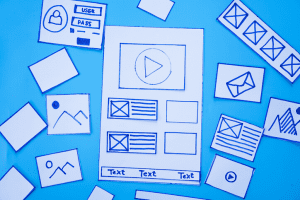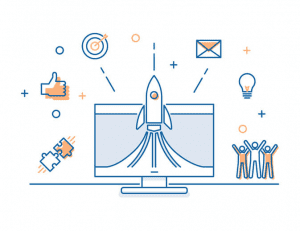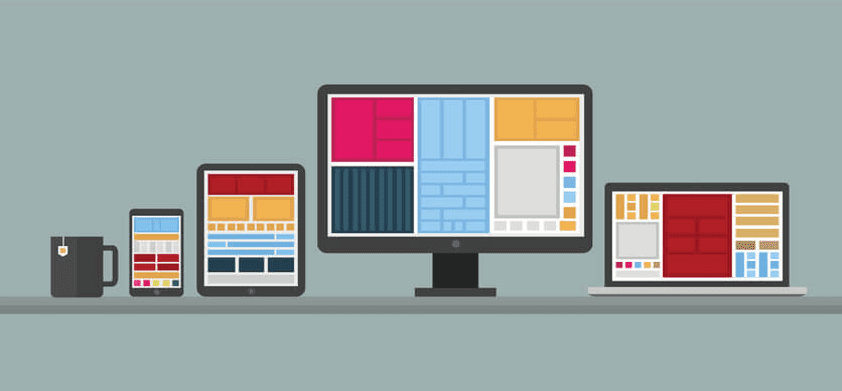When it comes to web design, it’s important to lay out a timeline and set expectations for what’s to come. That’s why it’s so integral to outline the different steps. From start to finish, here’s how the web design process actually works.
The Stages and Phases of the Web Design Process
1. Discovery
The first stage of the web design process is discovery. Web design teams gather information, content and resources in order to best understand a client and their brand. They also ask questions about other topics like their industry, target audience, customers and ultimate goals for the site.
Basically, the entire purpose of this period is to gather all of the resources and information needed before diving fully into the project.

2. Planning
The planning part of web design involves a lot of researching and brainstorming. Although it’s easy to jump headfirst into design, planning will clarify the overall mission and ultimately guide the strategy.
Besides the actual layout of each page, planning is also when these important web design practices take place:
- Sitemap
- Content Review
- Content Development
- SEO Research
When this stage of the web design process is close to completion, wireframes are next on the agenda.
3. Design
In the design phase, the actual website begins to take shape. Using all of the previously collected assets and resources, designers will craft how the website will essentially look.

Media, content and visual elements, like CTAs and information boxes, are added to give the site its intended functionality and user experience.
4. Development
Once the design is complete, the web process moves into development. This is when the designers craft the website’s final look and feel.
Basically, the design is translated into code that makes the website operational. Although development is sometimes long and intricate, it’s essential for ensuring all of the appropriate functions work properly. It’s also when accessibility and web standards are introduced and implemented.
5. Launch
After design, development and plenty of testing, the full website will finally be ready to launch and go live. It will be transferred to a live server where it can be accessed through the client’s domain name.

It’s also imperative that clients and the design team comb through the website for quality assurance. This is where content, links, forms and all other elements are double-checked to ensure they’re firing on all cylinders.
6. Maintain
Following the launch, designers will need to maintain websites over time. Besides educating clients on the ins and outs of the site, web teams will need to routinely check-in for updates, hosting and security-related tasks.
The entire web design process may certainly feel lengthy. However, each and every phase is more than vital for a site’s continued success and performance.


